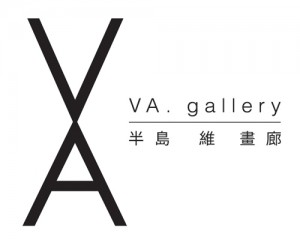Liang Quan (b. 1948) is considered one of the pioneers of contemporary ink painting working in China today.
Explores Chinese painting tradition using materials ink and water and paper (also translated as “ink and wash”, “contemporary ink,” “new Chinese painting.”)
What is ink? Or what is ink in the context of painting today? In order to better to understand ink painting–and the much discussed topic of its relationship to contemporary practice–we should know that “ink painting” and “ink art” are two different things. Ink painting “shui mo hua” is comprised of water and Chinese ink (“shui” and “mo”). Often when we say “shui mo” it doesn’t just refer to ink painting, but to the use of ink and water to create art that embodies the tradition of Chinese painting and culture. The exploration of using ink and referring to the tradition of Chinese painting is part of a greater narrative to define a cultural identity.
Do you consider your works “abstract”? Yes and No. Having lived and studied abroad, my experience in creating art was deeply influenced by the works by other artists that seemed similar to the ink painting tradition in China (e.g. Brice Marden and Cy Twombly). My use of collage, combining strips of ink and/or tea stained paper, may seem abstract to the unknowing eye, and without direct correlation to a depiction of reality. But my works, collages, are actually diagrams of traditional Chinese landscape paintings and the Chinese still life painting genre of birds and flowers. For example, in Chinese landscape painting, there are multiple points of perspective. Unlike Western painting that is often composed by one – two point perspective, Chinese landscapes are painted on a vertical plane sectioned by many strips of perspective points. To view a Chinese painting, one’s eye usually follows the flow of water from the bottom of the mountains as it meanders farther into the hills and up the composition of the painting. The ink and tea stained strips are literal outlines of the flow of water expressed in a traditional Chinese painting, and using intermittent vertical strips and color, they illustrate a meandering path similar to the viewing of a multiple Chinese painting. The results are abstract landscape paintings.

